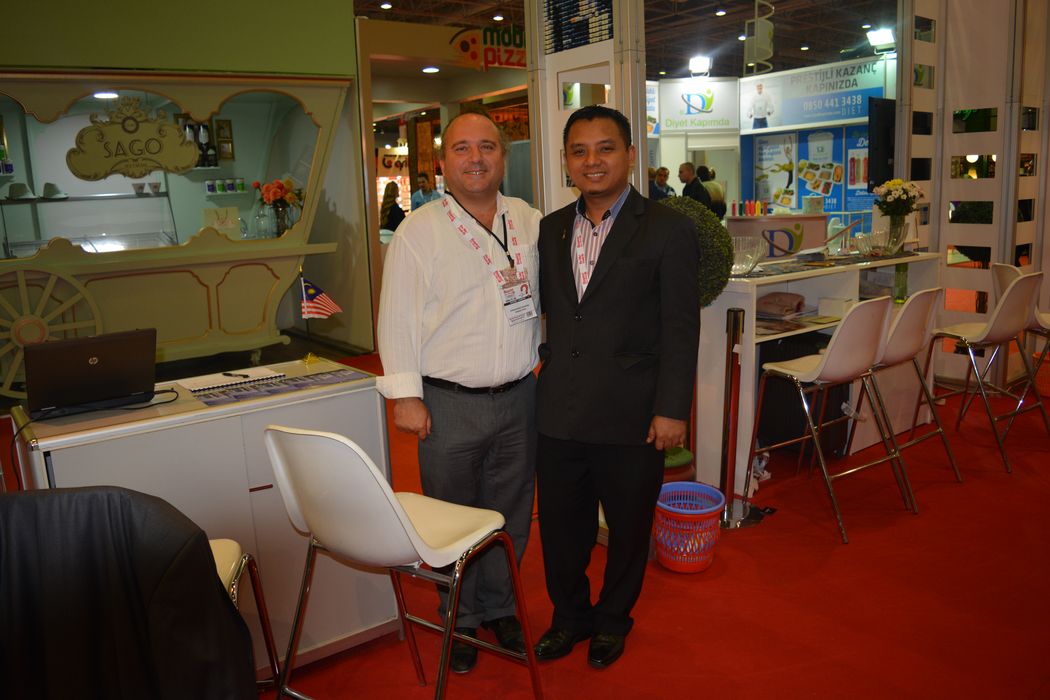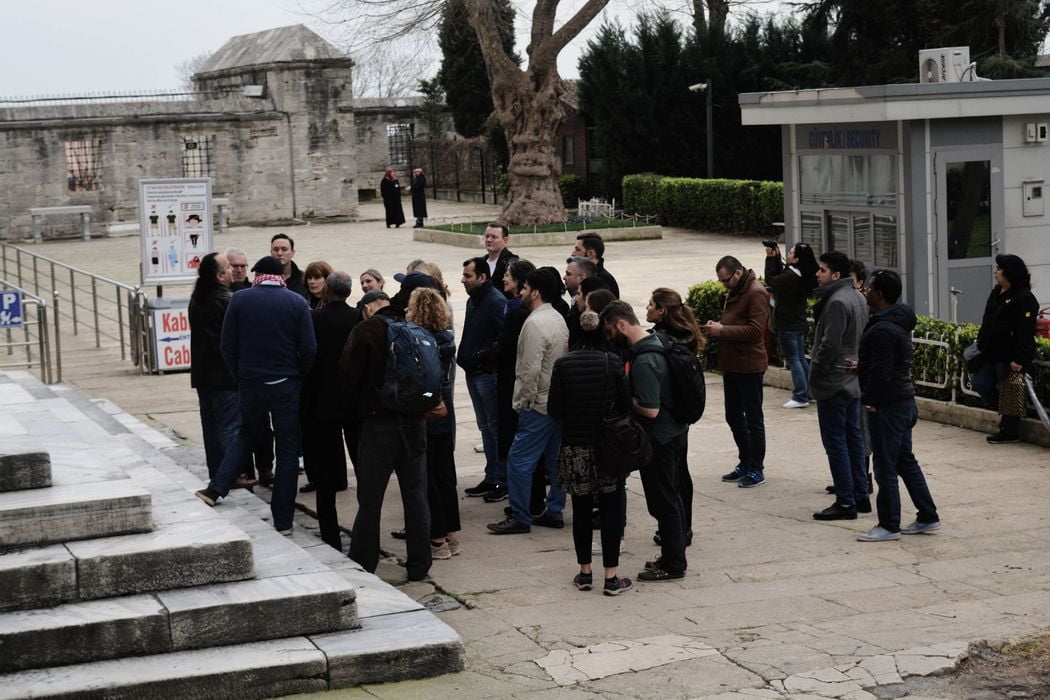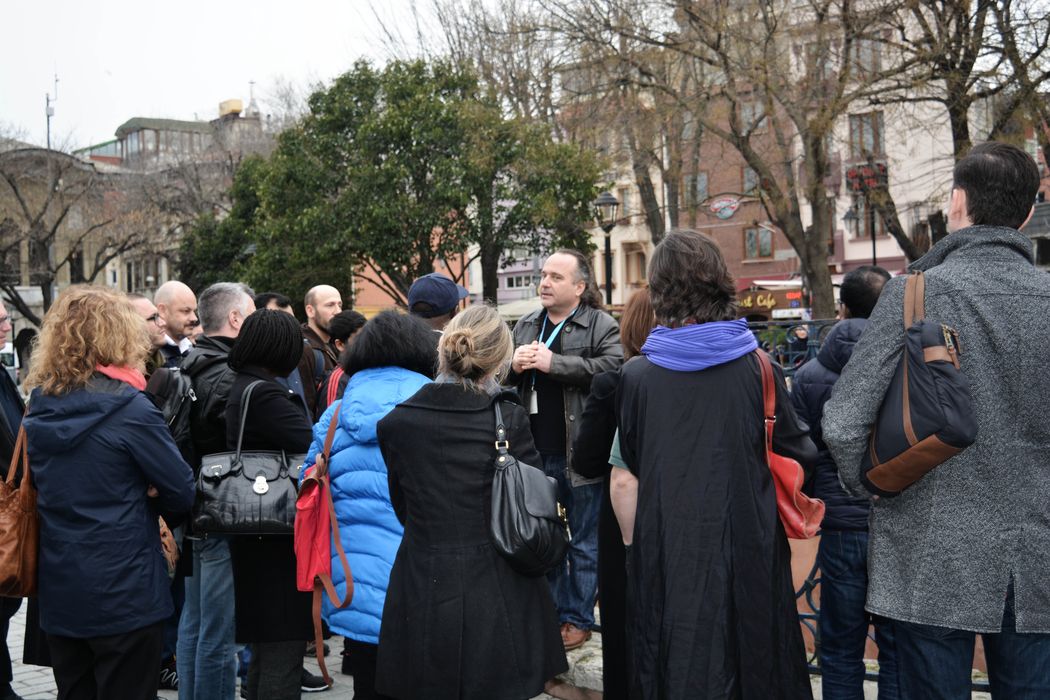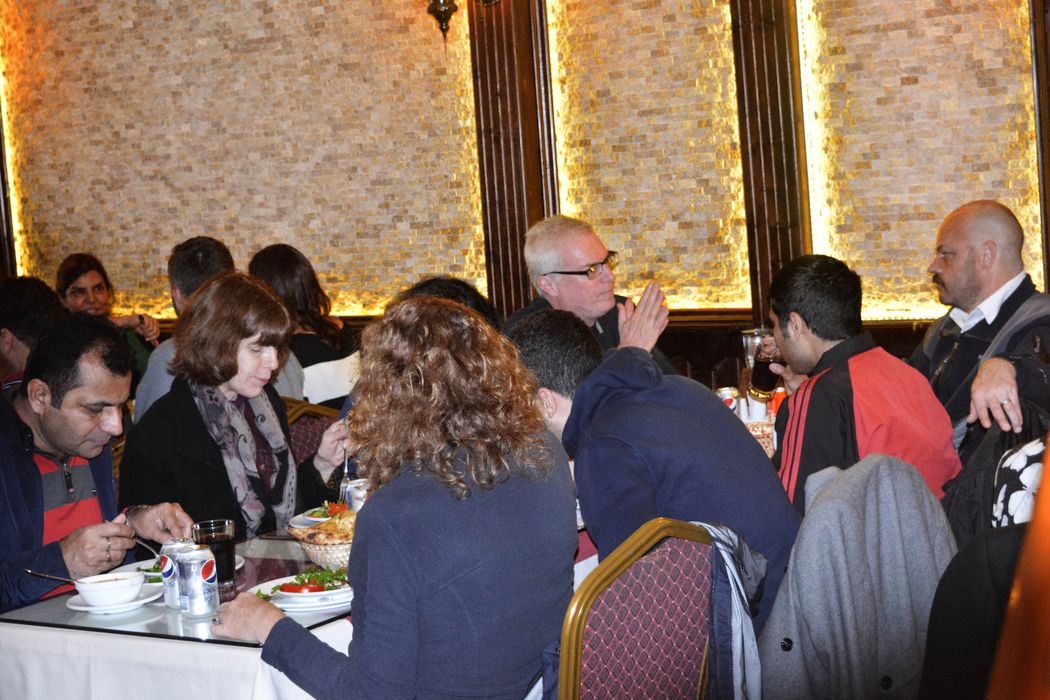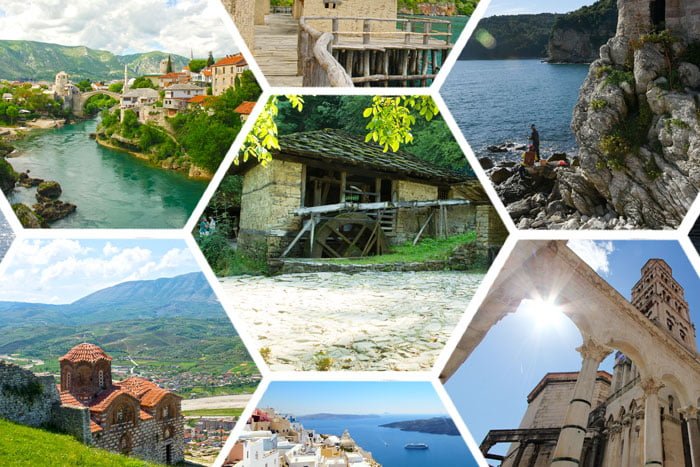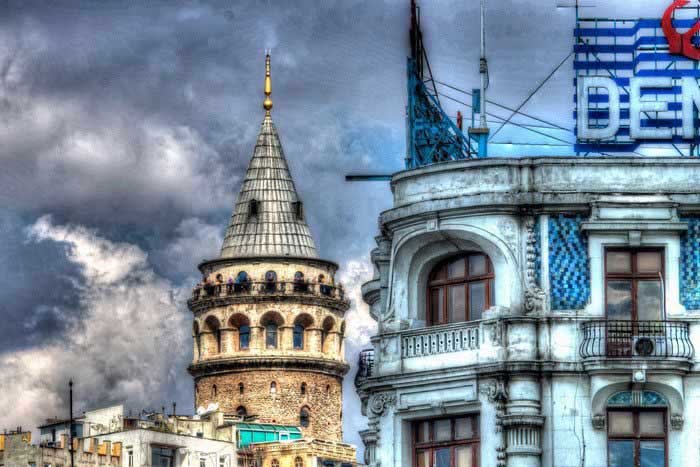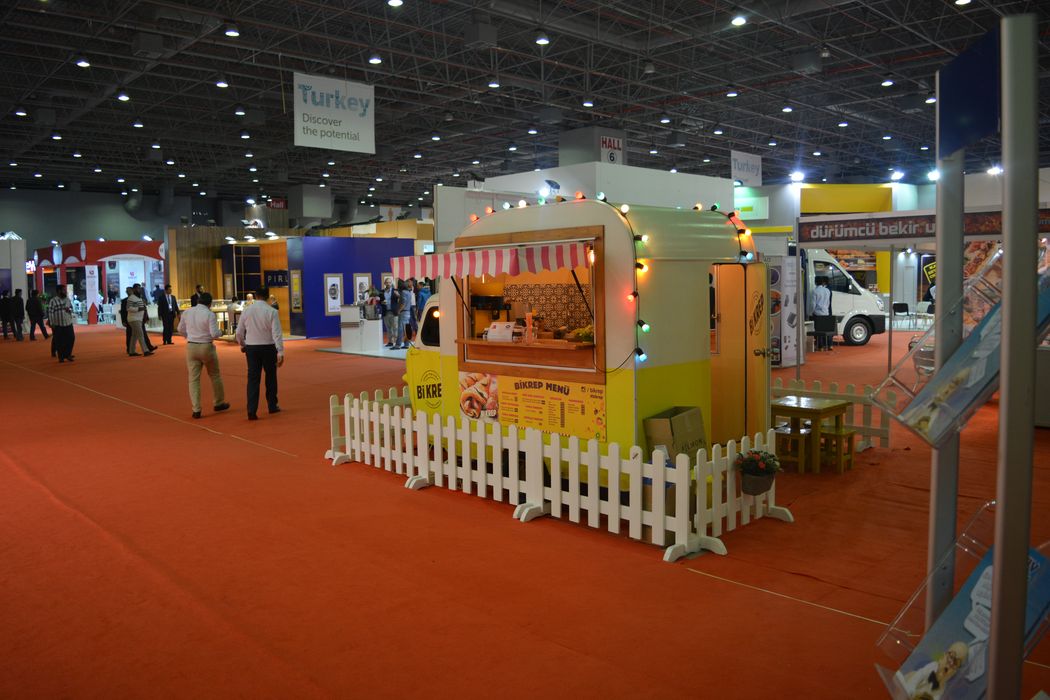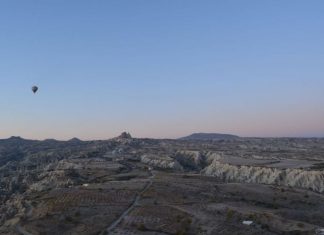These terrors continued until we emerged at a roadstead called Ra’s Dawa’ir between Aydhab and Sawakin. We landed here and found on the shore a reed hut shaped like a mosque, inside which were ostrich egg-shells filled with water. We drank from these and cooked food. A party of Bejas came to us, so we hired camels from them and travelled with them through a country in which there are many gazelles. The Bejas do not eat them so they are tame and do not run away from men.
After two days’ travelling we reached the island of Sawakin [Suakin]. It is a large island lying about six miles off the coast and has neither water nor cereal crops nor trees. Water is brought to it in boats, and it has large reservoirs for collecting rainwater. The flesh of ostriches, gazelles and wild asses is to be had in it, and it has many goats together with milk and butter, which is exported to Mecca. Their cereal is jurjur, a kind of coarse grained millet, which is also exported to Mecca. The sultan of Sawakin when I was there was the Sharif Zayd, the son of the amir of Mecca.
We took ship at Sawakin for Yemen. No sailing is done on this sea at night because of the number of rocks in it. At nightfall they land and embark again at sunrise. The captain of the ship stands constantly at the prow to warn the steersman of rocks. Six days after leaving Sawakin we reached the town of Hali, a large and populous town inhabited by two Arab tribes.
The sultan is a man of excellent character, a man of letters and a poet. I had accompanied him from Mecca to Judda, and when I reached his city he treated me generously and made me his guest for several days. I embarked in a ship of his and reached the township of Sarja, which is inhabited by Yemenite merchants.
Ibn Battuta arrives in Yemen, first visiting the town of Zabid
Zabid is a hundred and twenty miles from San’a, and is after San’a the largest and wealthiest town in Yemen. It lies amidst luxuriant gardens with many streams and fruits, such as bananas and the like. It is in the interior, not on the coast, and is one of the capital cities of the country. The town is large and populous, with palm-groves, orchards, and running streams–in fact, the pleasantest and most beautiful town in Yemen. Its inhabitants are charming in their manners, upright, and handsome, and the women especially are exceedingly beautiful.
Read More about Rhodope Mountains – Legends and Reality
